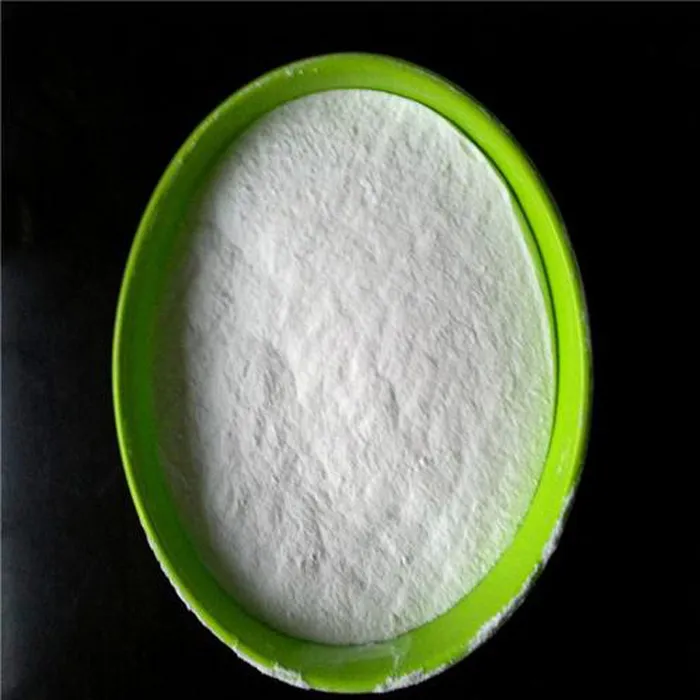Understanding Plastic Additives Enhancing Performance and Versatility
Plastics are integral to modern life, utilized in a myriad of applications from packaging to automotive components. While the primary polymer resins provide structural integrity and basic function, plastic additives play a crucial role in enhancing the performance, stability, and versatility of these materials. Understanding what plastic additives are and their functions can help us appreciate the complexity and capability of plastic products.
What Are Plastic Additives?
Plastic additives are substances added to plastics to improve their properties and performance. These additives are mixed with the base polymer during processing and can account for a considerable percentage of the final product’s composition. They are not merely fillers; instead, they impart specific characteristics that enhance the functionality of the plastic. Common categories of plastic additives include plasticizers, stabilizers, fillers, colorants, and flame retardants.
Types of Plastic Additives
1. Plasticizers These additives are used to increase the flexibility and workability of plastics. By reducing the intermolecular forces between polymer chains, plasticizers allow the material to bend and stretch without cracking. Polyvinyl chloride (PVC) is a common application for plasticizers, making it suitable for soft, flexible products like upholstery and electrical insulation.
2. Stabilizers Stability is crucial for many plastic applications, especially for those exposed to environmental conditions. Stabilizers protect plastics from degradation caused by heat, light, and oxygen. For instance, UV stabilizers prevent discoloration and deterioration when plastics are used outdoors. Heat stabilizers ensure that plastics maintain their integrity during processing and end-use.
3. Fillers Fillers are added to plastics to enhance mechanical properties, reduce production costs, and improve processing characteristics. Common fillers include calcium carbonate and talc. While they provide bulk, they can also improve strength and thermal resistance, resulting in a more cost-effective material without sacrificing performance.
what is plastic additives

4. Colorants From toys to packaging, colorants are essential for aesthetics and branding. Dyes and pigments are used to add color to plastic products. Beyond visual appeal, colorants can also serve functional purposes such as enhancing visibility or providing special effects in specific applications.
5. Flame Retardants Safety is a paramount concern across many industries. Flame retardants are additives designed to inhibit or delay the spread of flames in the event of a fire. These additives are critical in applications where fire risks are significant, such as electrical components, building materials, and textiles.
The Importance of Plastic Additives
The role of plastic additives cannot be overstated. They are vital for ensuring that plastic materials meet specific performance standards for diverse applications. For example, in the automotive industry, the use of additives can enhance resistance to harsh chemicals and UV light, providing durable and long-lasting components. In consumer goods, additives help achieve the desired texture, appearance, and flexibility.
Moreover, as industries move towards sustainability, many manufacturers are focusing on developing eco-friendly additives and biodegradable options. This shift aims to reduce environmental impact while maintaining performance quality.
Conclusion
In summary, plastic additives are essential components in the world of plastics, significantly influencing their properties and applications. From enhancing flexibility and stability to improving aesthetic appeal and safety, these additives are instrumental in creating materials that cater to modern demands. As technology advances, the development of innovative additives will likely continue, paving the way for even more versatile and sustainable plastic products in the future. Understanding these additives enhances our appreciation for the plastics we often take for granted, highlighting the complexity behind this ubiquitous material.

